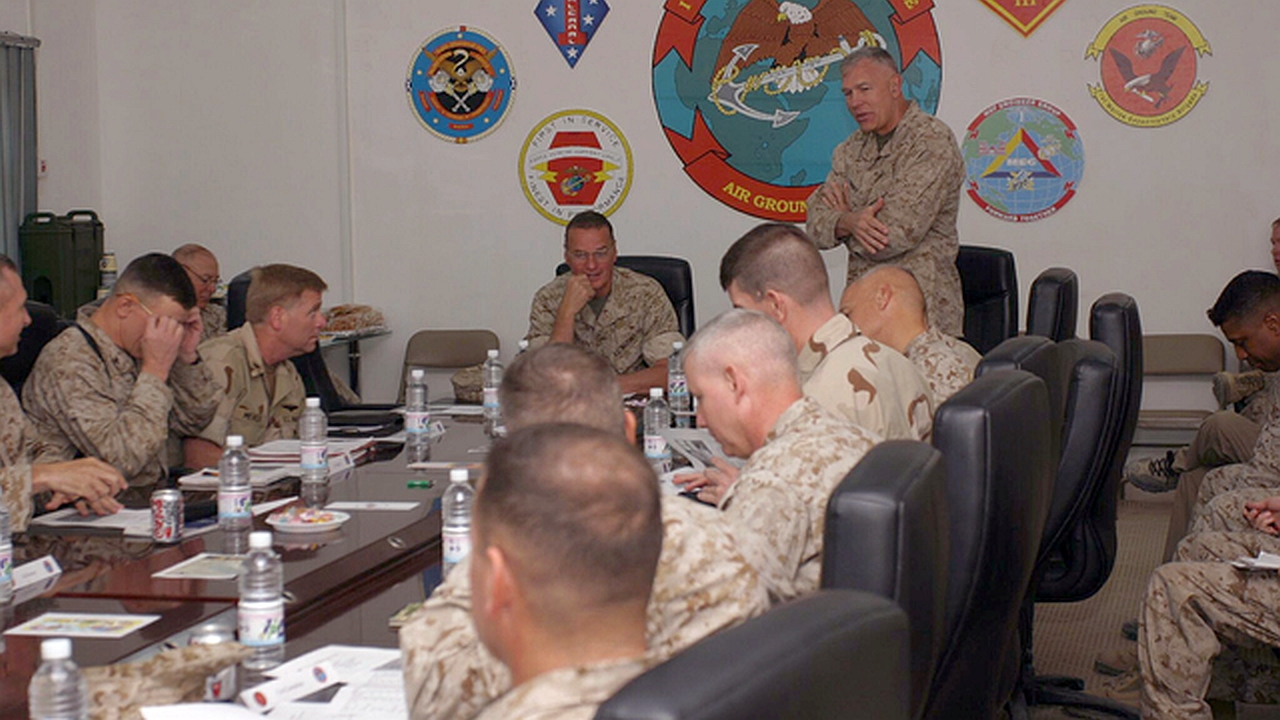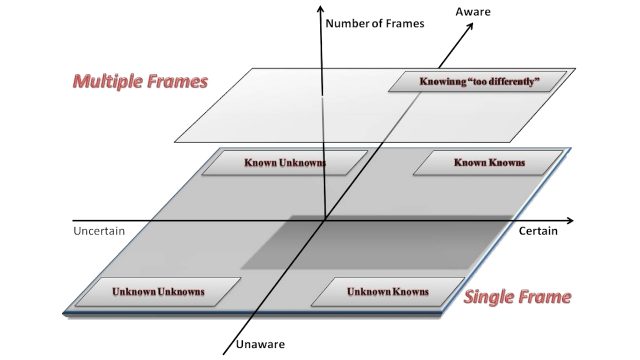
Organization Management Rhythm (part 3.3): Organization Management Rhythm – Critical Path
This article is part 3.3 of a series of articles on Organization Management Rhythm.
According to Wikipedia1, “In project management, a critical path is the sequence of project network activities which add up to the longest overall duration, regardless if that longest duration has float or not. This determines the shortest time possible to complete the project. There can be ‘total float’ (unused time) within the critical path.” A critical path is a sequence of events or requirements that must be met to achieve a specified outcome.
This critical path aligns the knowledge, capabilities, and roles of personnel at all levels. It is a deliberate decision requirement that consists of planned requirements that follow specified timelines and milestones supporting strategic plans or essential tasks lists process.
It plans on how the resources the organization has can be used to full operational capability. It employs advanced educational technologies to provide a talented operational workforce what it needs to operate and maintain or increase operational tempo. It delivers agile, adaptive, and skilled operators to the operational team to drive innovative concepts, doctrine, structure, and capabilities.
Responsibility to enforce the critical path synchronization is that of the Chief Information Officer or the Organization Management Rhythm manager. It is their job. Parts of this are to ensure meeting requirements are for pre-decisional content and actions. This includes identifying any impacts that will affect the process. Examples are staff being on leave, briefings, and other events as identified. Updates are provides to the board members or CEO.
Critical path synchronization must begin with an understanding of fundamental aspects that are vital to an effective and efficient decision making process. This section will identify what a critical path is, and how it relates to people, processes, tools, and the organization. It will also highlight the importance of collaboration and meeting management.
Critical path for a decision requires the briefing of pre-decisional content and courses of action to a series of senior leaders for review, recommendations, and guidance before seeking a final decision from the decision authority. This process could identify the need for additional collaboration with other staff and organizations to refine the content or courses of action. Following a critical path aligns the decision making process enhancing senior leader situational awareness.
The critical path synchronization process regularly applies meeting management techniques to improve productivity, reduce duplication of effort, and ensure pre-decisional content is properly sequenced and presented to appropriate audiences.
People determine the success of an organization or program. Leaders depend on the experiences, expertise, and insight of personnel presenting information for decision. These personnel are vital to the decision making process and provide the essential research, innovation, and planning required to deliver actionable information and execute the leader’s intent.
Processes are an orderly series of actions taken to complete a task. They integrate actions taken by all personnel supporting the outcome of any given requirement or objective. Processes, also known as business rules, are developed by and support the personnel managing the outcome. Critical path synchronization uses processes identified later in this series to manage the outcome of command priority decisions.
Tools support processes and can be digital, non-digital, or a combination of the two. When developing tools to support a process, several factors determine what tool is used. These factors include application, availability, access, and identification of the simplest or most effective tool.
The organization integrates the personnel, processes, and tools that support the outcome of any given requirement. It consolidates the attitudes, feelings, values, and behavior that define the organization’s culture which in turn determines what actions are required to affect organizational change. The organization supports the sustainability of critical path synchronization by ensuring personnel are trained on processes and tools that are efficient, effective, and easily maintained
Collaboration between staff, organizations, and subject matter experts enhances support of the organization priorities and enables effective senior leader decisions by providing situational awareness and refined actionable information. In many cases two or more decision briefs from multiple staff sections may discuss different aspects of the same objective. The failure of these sections to collaborate may create confusion, slow the decision making process, or adversely affect the outcome. It is vital that decision authorities receive well informed recommendations that take into account the experiences, expertise, and insight of all associated staff, organizations, and subject matter experts connected to the objective.
The critical path synchronization process supports the senior leaders’ goal of aligning staff and management processes to efficiently provide actionable information for decisions. It synchronizes organization level meetings, ensuring timely decisions made from refined pre-decisional content that support the organization priorities. Critical path synchronization enhances senior leader and staff collaboration. It improves refinement of pre-decisional content by maximizing exposure to the appropriate senior leaders prior to presenting it to the final decisional authority.
The process also mitigates short suspense decision requirements with the use of the critical path selection matrix2. It graphically depicts the critical paths for course of action and decision briefs, meetings, and events that impact the scheduling of briefings. The matrix is current, short range, and long range and effectively controls what pre-decisional content enters the critical path process, when it enters, and who provides collaboration, guidance, or decisions.
Next part (part 4): Change management.
Acknowledgements: Thank you to Tomi Antill, Keith Davis, Elise Keith from Lucid Meetings, JFHQ-C Leadership, and Kendra Albright from Kent State University, without whose support this series would not have been possible.
Header image source: U.S. National Archives, Public Domain.
References:
- “Critical path method”, Wikipedia, CC BY-SA 3.0. ↩
- “Visualizing critical path schedule”, Wikipedia, CC BY-SA 3.0. ↩






